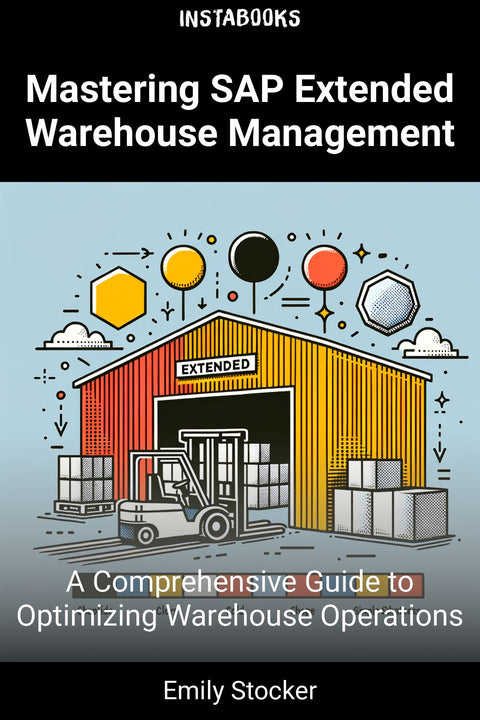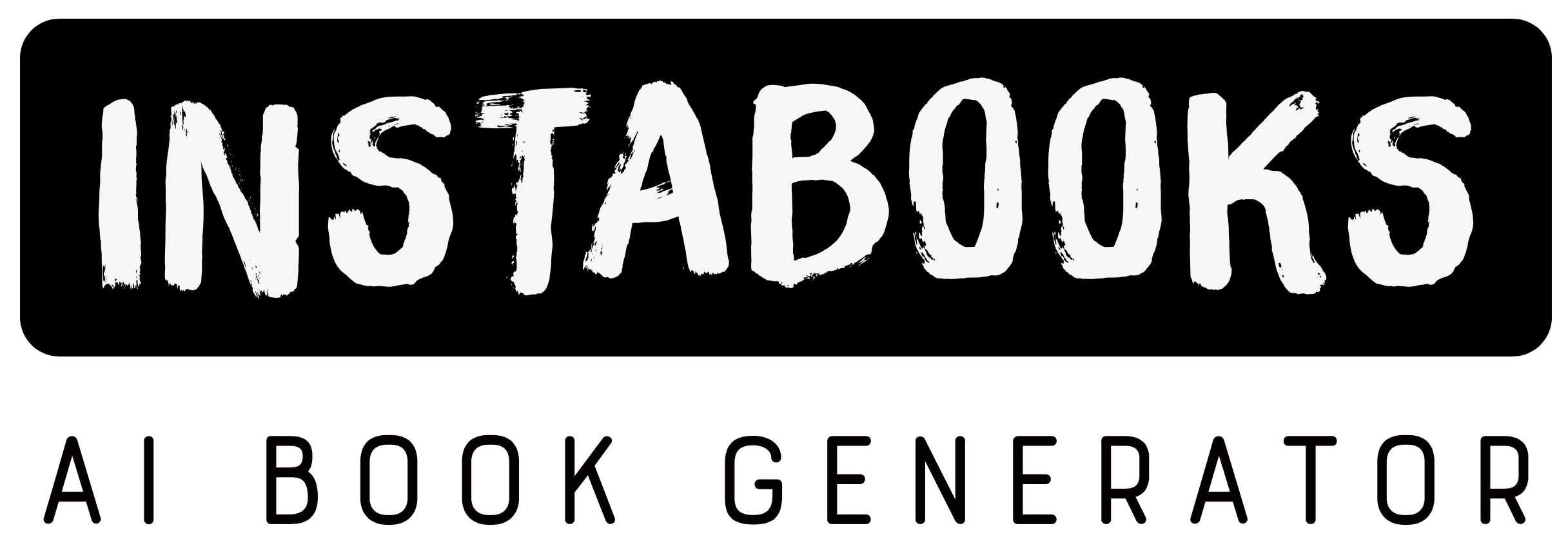
Mastering SAP Extended Warehouse Management
A Comprehensive Guide to Optimizing Warehouse Operations
Included:
✓ 200+ Page AI-Generated Book
✓ ePub eBook File — read on Kindle & Apple Books
✓ PDF Print File (Easy Printing)
✓ Word DOCX File (Easy Editing)
✓ Hi-Res Print-Ready Book Cover (No Logo Watermark)
✓ Full Commercial Use Rights — keep 100% of royalties
✓ Publish under your own Author Name
✓ Sell on Amazon KDP, IngramSpark, Lulu, Blurb & Gumroad to millions of readers worldwide
Introduction to SAP Extended Warehouse Management
SAP Extended Warehouse Management (EWM) is a powerful software solution designed to enhance and extend warehouse management capabilities beyond traditional warehouse management (WM) modules.
Key Features and Functions
SAP EWM provides advanced inventory management capabilities, ensuring real-time tracking of stock movements and efficient picking strategies. It optimizes order fulfillment processes, integrating seamlessly with other SAP modules like SAP Sales and Distribution (SD) to manage sales orders, transfer orders, and delivery orders.
Processes and Components
The inbound process involves processing incoming shipments, unloading, performing quality checks, and placing orders in designated storage locations. The outbound process includes order fulfillment, item picking and packing, and the subsequent dispatch or delivery of products to customers.
Benefits and Implementation
SAP EWM improves warehouse operations by reducing product handling steps, increasing productivity, and minimizing errors. It provides real-time insights into warehouse processes, enhancing visibility and control over inventory and logistics.
Table of Contents
1. Introduction to SAP EWM- Overview of SAP EWM
- Key Features and Functions
- Benefits and Implementation
2. Inventory Management
- Inventory Management Capabilities
- Real-time Tracking and Picking Strategies
- Inventory Management Best Practices
3. Order Fulfillment
- Order Fulfillment Processes
- Integration with SAP SD
- Order Fulfillment Best Practices
4. Resource Optimization
- Labor Management
- Resource Utilization
- Optimization Best Practices
5. Integration
- Integration with SAP ERP
- Integration with SAP Business Warehouse
- Integration with SAP Global Trade Services
6. Inbound Process
- Incoming Shipments
- Unloading and Quality Checks
- Storage Location Management
7. Outbound Process
- Order Fulfillment and Picking
- Packing and Dispatch
- Delivery and Logistics
8. Physical Inventory Process
- Inventory Tracking and Verification
- Physical Inventory Best Practices
- Inventory Management Software
9. Configurable Setup
- Organizational Structure Mapping
- Warehouse Layout Modeling
- Master Data Management
10. Implementation and Optimization
- Implementation Best Practices
- Optimization Strategies
- Troubleshooting and Support
11. Conclusion
- Summary of Key Takeaways
- Future of SAP EWM
- Final Thoughts and Recommendations
12. Appendix
- Glossary of Terms
- Additional Resources
- Index
Target Audience
This book is written for warehouse managers, logistics professionals, and SAP consultants who want to learn about SAP Extended Warehouse Management and how to optimize warehouse operations.
Key Takeaways
- Understand the key features and functions of SAP EWM
- Learn how to optimize inventory management and order fulfillment processes
- Discover how to integrate SAP EWM with other SAP modules
- Get tips on how to configure and implement SAP EWM
- Learn how to troubleshoot and optimize SAP EWM
